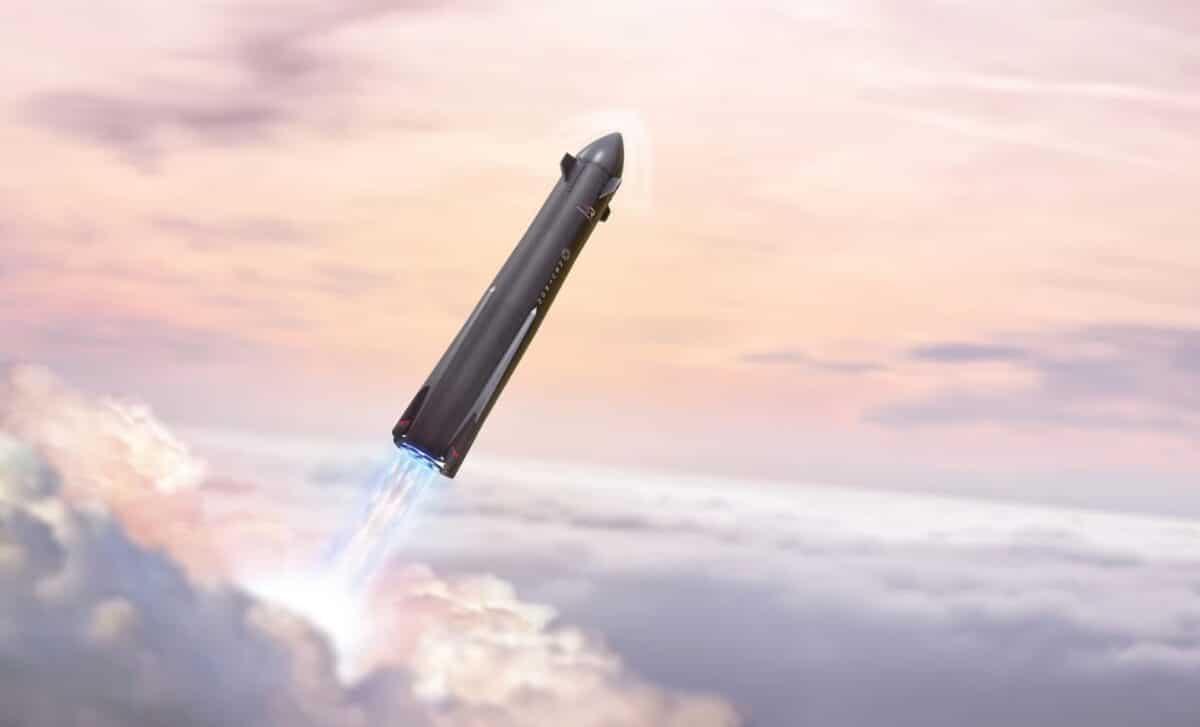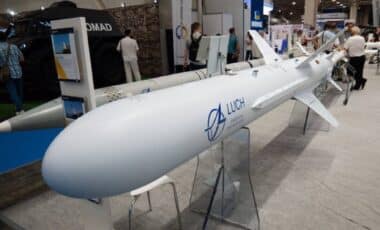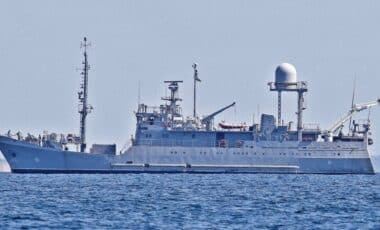The United States military is developing a revolutionary launcher called Rocket Cargo, designed to transport troops and materials anywhere on the planet in less than 90 minutes. This project aims to transform traditional military logistics by combining reusable rocket technology with rapid-response tactical needs.
The program, managed by the US Air Force research laboratory, targets a fundamental shift in intervention methods, enabling the military to react in real time to global crises. Rocket Cargo is not simply a launcher; it represents a comprehensive logistical system conceived for speed, cost-efficiency, and reusability, potentially delivering not only cargo but also special forces, medical personnel, or humanitarian aid to hard-to-reach areas.
U.S. Marines Simulate Missile Strike Near Taiwan in Bold Message to China
An Ambitious Fast-Response Capability
The core strategic goal behind Rocket Cargo is to replace, in some cases, conventional transport aircraft with a rocket capable of reaching any location on Earth within 90 minutes. This capability is expected to give the US military an unprecedented rapid reaction force. According to Armées, this system intends to accelerate military logistics to space-launch speeds, enabling interventions anywhere on the globe in a fraction of the usual time.
The program emphasizes the operational flexibility of the rocket system. Beyond mere transport, Rocket Cargo is conceived as an integrated logistical platform able to deliver personnel or supplies swiftly and efficiently. This redefines military mobility by reducing reliance on slower, traditional air transport methods.
Technical Specifications and Development Timeline
Rocket Cargo’s development is led by Rocket Lab USA, a company already experienced in satellite launches with its Electron rocket. The project uses a larger vehicle called Neutron as the foundation for the Rocket Cargo prototype. This rocket will stand at least 40 meters tall and will initially be capable of lifting up to 13 tons of payload.
A first unmanned test flight is scheduled for 2026, which will collect data on temperature, pressure, and mechanical stresses to ensure the rocket’s safety for future human transport. This test will provide vital information to confirm that the rocket can handle the intense accelerations involved without compromising safety.
Design and Operational Considerations
The rocket will be constructed using lightweight and durable materials such as carbon fiber. Propulsion will come from nine Archimedes engines fueled by liquid oxygen and methane, powering the main stage, while an additional engine will handle the upper stage. The entire system is designed to be reusable, with the primary landing site located at Wallops Island in Virginia.
Key operational challenges remain, including the rapid extraction of cargo upon landing. Engineers continue to refine these aspects as the project progresses. The stakes of Rocket Cargo extend beyond pure technology; it aims to establish a new standard for global intervention, whether military or humanitarian, by dramatically reducing deployment times.








